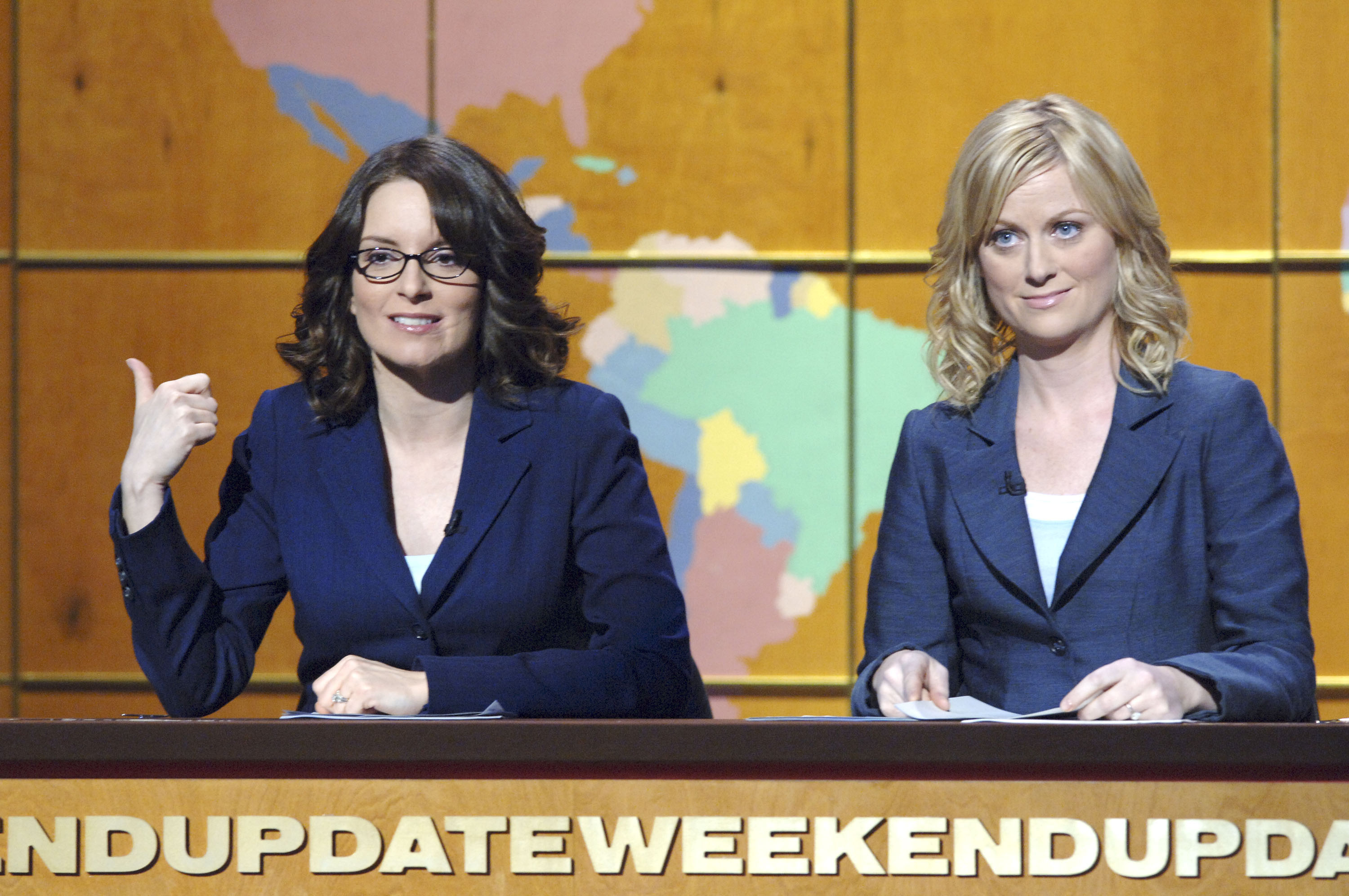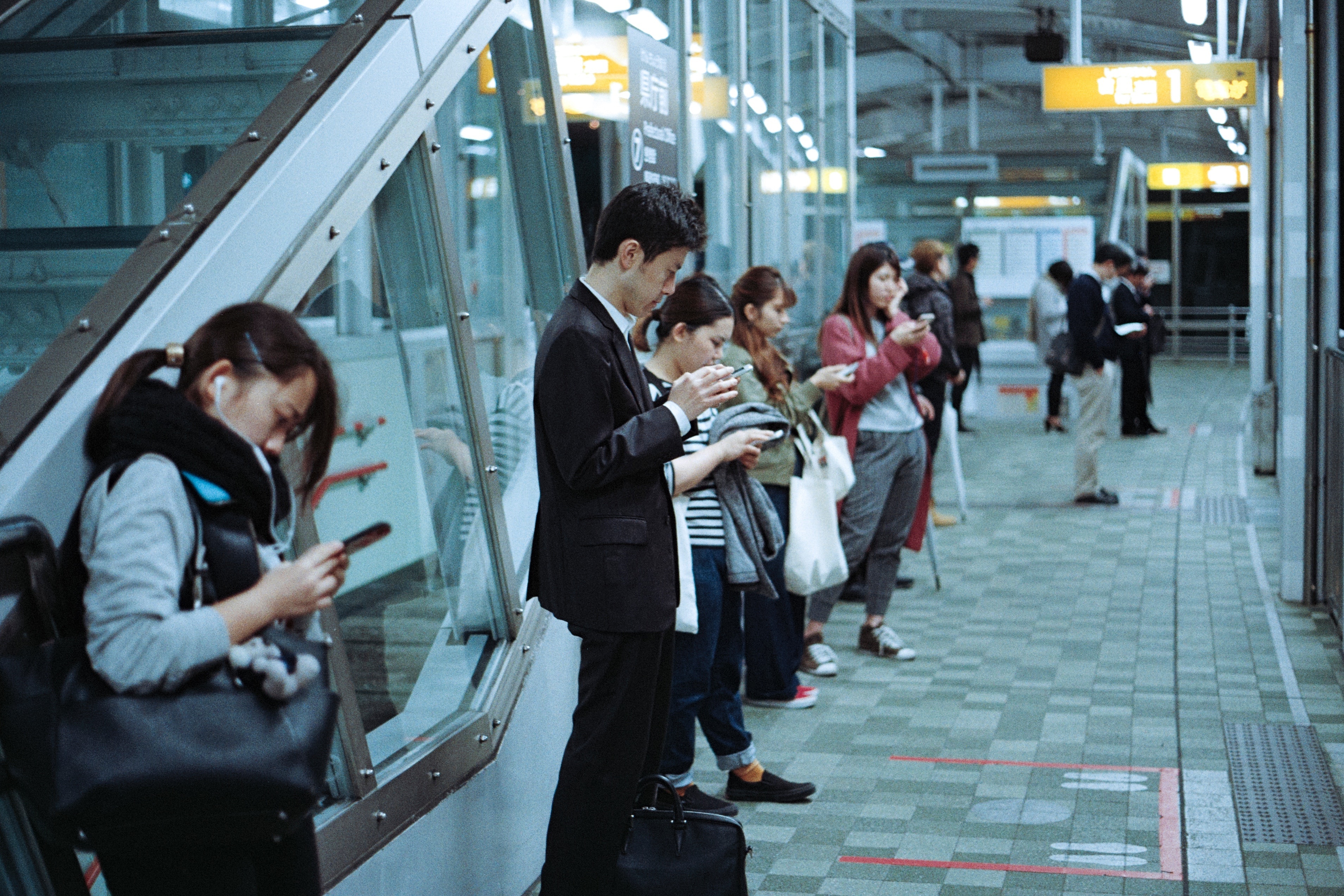Fake news sites aren’t the core problem. The media’s diminished credibility is.

Remember when we told you about Google’s plan to shut down fake news sites and how Facebook helped spread fake news by not filtering its content? According to myth-busting news site Snopes, fake news might not be the real problem at all.
In an interview with Backchannel, Snopes Editor-in-Chief Brooke Binkowski doesn’t place the blame for the spread of false news on social media or search sites: she puts it on the mainstream media. “The problem, Binkowski believes, is that the public has lost faith in the media broadly — therefore no media outlet is considered credible any longer,” Backchannel reports.
That faith has been lost as internet news sites have grown at the expense of traditional news media. “As the business of news has grown tougher, many outlets have been stripped of the resources they need for journalists to do their jobs correctly.” Backchannel reports. It’s referring to widespread budget cuts in print and digital news media across the country, from media giants like Hearst and Salon to local papers. These budgets cuts not only reduce the number of reporters on staff, but also editors, fact checkers and other staffers who can help catch mistakes. Binkowski, who is an award-winning journalist, puts it this way: “When you’re on your fifth story of the day and there’s no editor because the editor’s been fired and there’s no fact checker so you have to Google it yourself and you don’t have access to any academic journals or anything like that, you will screw stories up.”
Snopes founder David Mikkelson confirms that, explaining that “the fictions and fabrications that comprise fake news are but a subset of the larger bad news phenomenon, which also encompasses many forms of shoddy, un-researched, error-filled, and deliberately misleading reporting that do a disservice to everyone.”
While the mainstream media does print corrections when they find errors, they are often small and not publicized. That is a perfect storm for breeding mistrust in consumers — and it is why over 60 percent of Americans don’t trust mainstream media according to poll company Gallup.
So what’s the solution to rebuilding trust in news? “The solution to this problem isn’t less content; it’s better curation,” Queens College professor Brian Hughes told CNN. He explains:
In the 1950s, the FCC regulated the television industry with a program it called the “Fairness Doctrine.” The thinking went like this: With only three networks to choose from, viewers needed reliably balanced news and opinion. So, if a television station aired one perspective on a controversial topic, it was obliged to air an opposing view. As a country, we should look at the possibility of adopting a digital equivalent to the Fairness Doctrine.
Until that happens, we’ll just have to be savvy media consumers and learn to spot fake news. Thankfully, according to Binkowski, it’s really easy to spot. “’Honestly, most of the fake news is incredibly easy to debunk because it’s such obvious bullshit,” she says. “A site will have something buried somewhere on it that says, ‘This is intended to be satire. Don’t sue us,'” Backchannel reports. Snopes offers a full guide to spotting fake news. Generally speaking, fake news is “fabricated stories set loose via social media with clickbait headlines and tantalizing images, intended for no purpose other than to fool readers and generate advertising revenues for their publishers,” according to Snopes.
Another way to fact check, according to Backchannel commenter John E Branch, Jr., is to not use Google. “Try a different search engine now and then. Though Google’s results are to some degree tailored to each user, its basic ranking of results may be broadly the same for everyone, meaning that if 50 journalists all check Google they’re probably all getting the same view of the subject. I often check Bing, and sometimes check Yahoo, for the sake of a possibly different perspective.”
Columbia University professor Tim Wu gave us additional insights here:
Truthfully, our best defense against fake news for the foreseeable future is to simply call it out. Or, as Binkowski told Backchannel, “The only thing that we are doing that we can really keep doing is: just say the truth again and again and again and again and again, and just keep doing it.”
For further reading, Big Think guest Ryan Holiday just published a brilliant piece for The Observer that’s worth some reflection.





